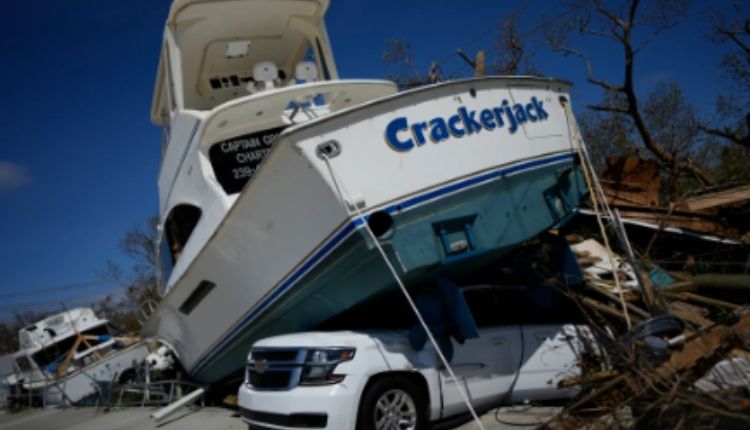Introduction
The ferocity of Mother Nature can be truly awe-inspiring, and one of her most powerful manifestations is the fury of a storm. Storms have the potential to wreak havoc, leaving destruction and upheaval in their wake. From towering thunderstorms to menacing hurricanes, these atmospheric disturbances command our attention and respect. In this article, we delve into the world of storms, exploring their formation, characteristics, and the impacts they can have on human lives and the environment.
Formation and Types of Storms (200 words): Storms can arise through various mechanisms and occur in different forms across the globe. Thunderstorms, for instance, are localized disturbances marked by intense convective activity. They typically form when warm, moist air rises rapidly in an unstable atmosphere, leading to the formation of towering cumulonimbus clouds. Thunderstorms are often accompanied by lightning, thunder, heavy rainfall, and occasionally hail or tornadoes.
On a grander scale, tropical cyclones, commonly known as hurricanes or typhoons, form over warm ocean waters. These massive rotating systems derive their energy from the heat and moisture evaporating from the sea surface. As warm air rises, it triggers the formation of a low-pressure zone, drawing in surrounding air and causing it to spiral. Hurricanes can unleash destructive winds, torrential rain, storm surges, and widespread flooding, making them one of the most powerful and devastating natural phenomena.
Impacts and Consequences (200 words): Storms can have severe impacts on both human and natural environments. In populated areas, thunderstorms can cause power outages, flash floods, and damage to infrastructure. Lightning strikes pose a significant risk to individuals, as they can cause injuries or even fatalities. Furthermore, intense winds and tornadoes associated with thunderstorms can destroy buildings, uproot trees, and disrupt transportation systems.
Tropical cyclones, with their immense size and strength, leave a trail of devastation in their path. High winds can flatten structures, tear roofs off buildings, and topple power lines. The accompanying heavy rainfall can lead to flash floods, triggering landslides and submerging vast areas under water. Storm surges, a rise in sea level caused by the cyclone’s winds, can inundate coastal regions, resulting in significant coastal erosion and destruction of coastal communities.
Environmental Impact (150 words): Storms also impact the natural environment, often with long-lasting consequences. Heavy rainfall can lead to soil erosion and nutrient runoff, affecting agricultural lands and freshwater ecosystems. Flooding can damage or destroy habitats, displacing or endangering wildlife populations. Coastal ecosystems, such as coral reefs and mangrove forests, bear the brunt of storm surges, leading to habitat destruction and loss of biodiversity.
Additionally, storms can contribute to climate variability and influence regional weather patterns. They play a vital role in redistributing heat from the tropics to higher latitudes, helping regulate global climate systems. However, the intensity and frequency of storms can be influenced by climate change, potentially leading to more powerful and destructive events in the future.
Preparation and Mitigation (150 words): Given the potential devastation caused by storms, it is crucial to take proactive measures to prepare and mitigate their impacts. Meteorological agencies employ advanced technology, including satellite monitoring and computer models, to track storms and issue timely warnings to affected regions. These warnings allow people to evacuate vulnerable areas, secure their properties, and stock up on essential supplies.
Communities can invest in resilient infrastructure, such as storm-resistant buildings and flood control systems, to minimize damage and protect lives during storm events. Additionally, education and awareness campaigns can inform the public about storm safety measures, including the dangers of lightning, the importance of staying indoors during severe weather.
